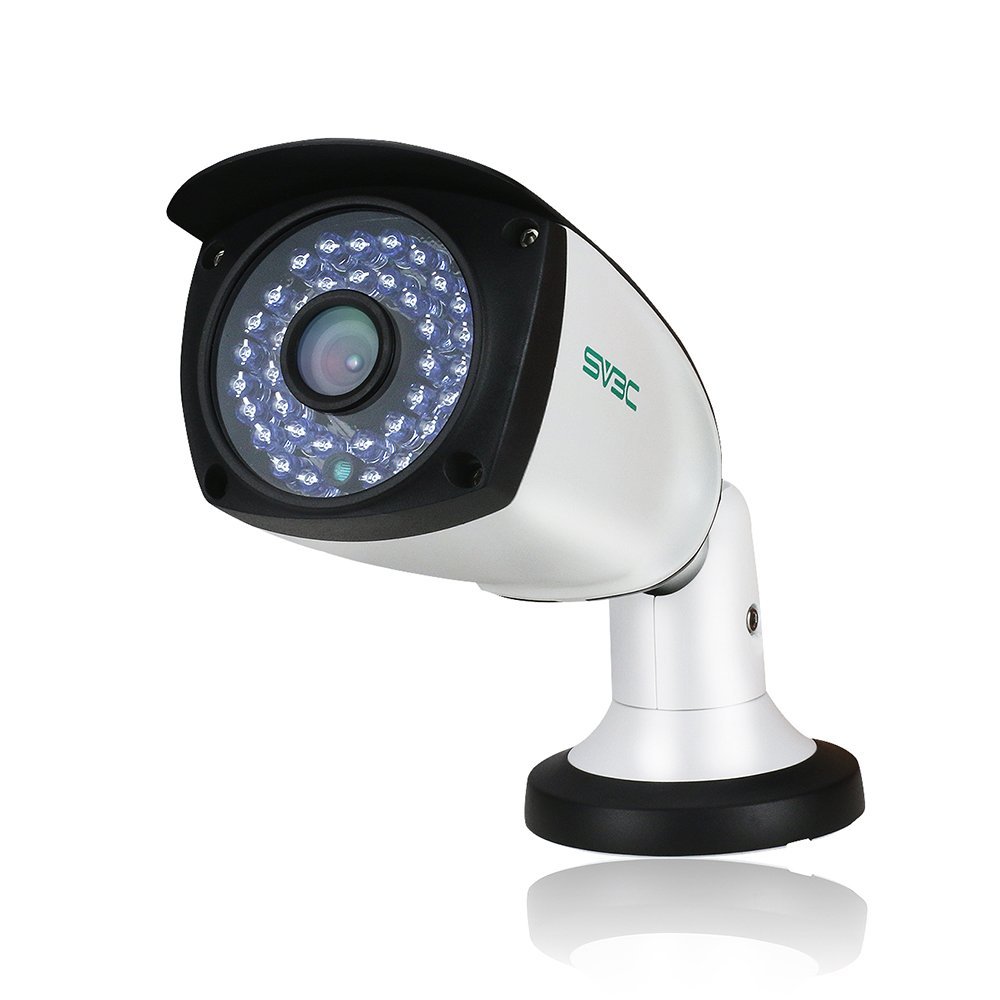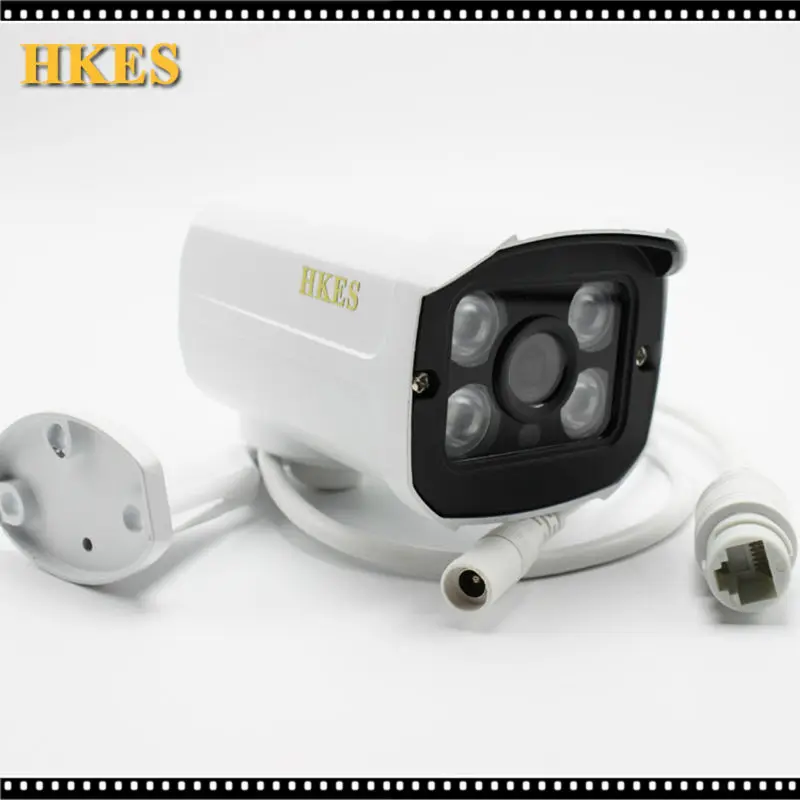

IP camera systems use wired internet protocol (IP) cameras to send video feeds to a network video recorder (NVR), which records and stores footage. Many home security systems operate via WiFi, such as video doorbell cameras. As the name implies, WiFi systems are wireless, often using cameras powered by battery or solar power for the most flexibility. WiFi camera systems use wireless cameras that transmit or stream footage to a cloud-based server. Analog cameras are still around today however, most users prefer the newer technology found in IP cameras, including better video quality. They need two cables: one for the power source and one for the DVR-usually via a coaxial cable. These surveillance cameras connect to a digital video recorder (DVR), which processes images. Think CCTV cameras made famous on crime dramas. Here’s a brief overview of the different kinds of security camera systems:Īnalog camera systems were once the industry standard. The difference between systems comes down to the devices used and the type of cabling required. What is the difference between PoE and other types of security camera systems?ĭifferent types of video surveillance systems function in different ways. PoE only describes how certain IP cameras receive power. Some IP cameras need to be plugged into wall outlets. You connect them to networks like you would computers and printers. But, unlike basic webcams, IP cameras have standalone IP addresses. These digital video cameras send and receive data over the internet, like a webcam. The security cameras receiving power from PoE technology are internet protocol (IP) cameras. If you have hundreds or thousands of cameras, PoE can help reduce the complexity of installation and allow for more flexible camera placement since there is no need for separate power cords or outlets. PoE is a system used for carrying electric power and data over copper Ethernet cabling-meaning just one cable is needed per camera. Let’s break down what a PoE security camera is and how it works. We’ll also show you features to look for when evaluating systems and discuss the key benefits of these solutions. This guide will discuss what PoE security camera systems are and how they differ from other systems. Today’s power over Ethernet (PoE) camera systems are a powerful, reliable, and cost-effective solution for companies and organizations looking to streamline their video security systems as much as possible. We’ve come a long way from grainy, pixelated camera footage. Once used mainly for security purposes, worksite cameras now can help with various aspects of operations, including safety and process workflows, in addition to security monitoring. The quality of the images and videos is clear as can be.With video technology already ubiquitous, it’s no surprise that commercial security camera systems are also on the rise. This is a sign of a good company that stands behind their product.
POE IP CAMERA UPDATE
Having this small yet important update shows that Reolink is constantly improving its products, even after they have already sold them. This was a great addition and makes operation of the cameras even simpler. While using the mobile app to pivot the camera can be difficult, a nice update to the app now allows me to set preset viewing angles, and then dial through them as needed.
POE IP CAMERA FULL
Very useful and full range of motion with the PTZ.

I am able to see my driveway, the street, or I can pan down right near my door to see if anyone is there, or if packages have been delivered. Being able to use my phone to move the cameras around via the Reolink mobile app is amazing - it's nice that the camera isn't fixed and it can show you multiple angles, whenever you feel like it. This camera (RLC-423) is the real deal! I bought two to use for security at my house and combined with an NVR for recording. Very useful and full range of motion with the PTZ


 0 kommentar(er)
0 kommentar(er)
